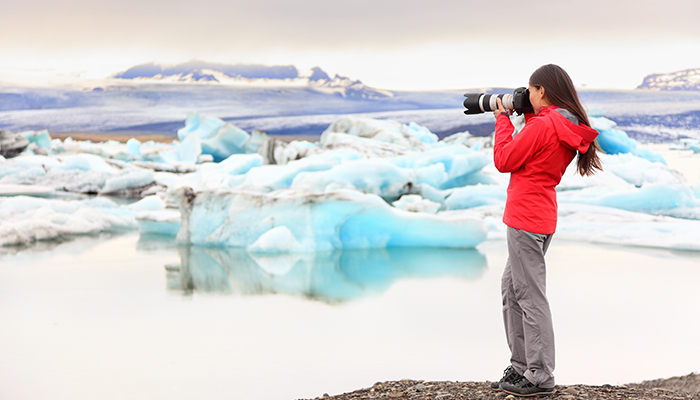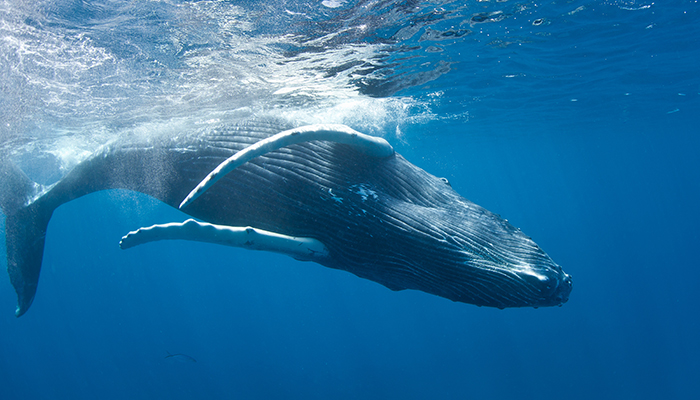In recent years cruises to the Arctic have become increasingly popular, as intrepid tourists look to get further off the beaten track than ever before, and explore new destinations that are well and truly wild. The Arctic offers unique landscape and wildlife, attracting a great number of visitors who wish to sight all it has to offer.
Regardless of which animals you happen to encounter on your trip, you're sure to want to take some great pictures, which is why it's a good idea to brush up on your photography skills before heading off. Getting the right shot isn't always as easy as just pointing your camera at your subject and hitting the shutter button.
Here are a few hints and tips to help you get the best wildlife photographs you possibly can when visiting the Arctic.
Take the right lenses

Having some sort of telephoto or zoom lens can be a real advantage when you're taking photographs of wildlife, and wide-angle lenses tend to come in very handy for capturing landscapes - especially in a place where the scenery is as vast as it is in the Arctic. At the end of the day, however, it's up to you to decide how much you want to spend on camera equipment for your holiday. Obviously, if you're never going to use it again it doesn't make sense to splash out just for the sake of one trip.
Learn the basic rules
Perhaps the most well-known of these is the ‘rule of thirds’, which states that pictures always come out better if you position your subject one-third of the way in from the side of the frame and one-third of the way up or down from the top or bottom. It's helpful to bear this in mind, as it normally seems natural to just aim your camera so that the subject is slap bang in the centre of the shot - but these pictures often come out a little lifeless. By using the rule of thirds, it's possible to add a sense of motion and drama to the image. However, as previously mentioned, this is just a basic guideline and not a requirement – many brilliant shots often come about when the so-called rules are broken.
Have patience and always have your camera handy
It's said that wildlife photography is all
about being in the right place at the right time, although anyone who has ever
tried taking pictures of animals before will tell you that this normally
involves spending a lot of time in the wrong place before finally getting that
perfect shot. The key to it all, therefore, is patience.
Don't expect to simply turn up and find a polar bear posing exactly how you
want it to. Instead, be prepared to have to wait - a lot. Usually the captain
and his crew will keep a constant lookout for polar bears on the tundra or pack
ice as you sail, and will alert all passengers over the PA when there is a
sighting. However, it is possible that they could miss a bear as the animals
are notoriously difficult to spot, so if you want to increase your chances of
seeing one, spend some time up on deck searching the landscape yourself with a
pair of binoculars. You'd be surprised at how often passengers spot bears
before the crew do, so don't assume that you should leave all the searching up
to them. Put in a shift and you could well be rewarded.
Finally, make sure you have your camera to hand at all times. The call can go
out at any moment that a bear or whale has been spotted, and so you'll want to
make sure you're ready to capture the perfect shot before the opportunity
passes.

